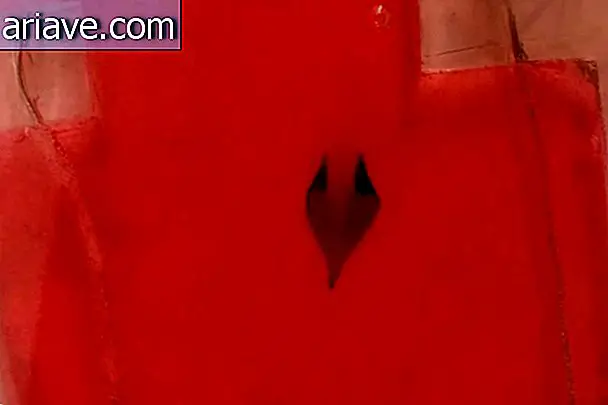Scientists create in the lab the same wave as famous Japanese art
Even those who are not very fond of curious Japanese works of art must have come across the painting popularly known as " The Great Wave off Kanagawa " ever in their lives. This woodcut is one of Japan's most important and famous pieces and depicts a giant wave crashing into three boats off the coast of Japan's Kanagawa Prefecture. Most people claim it is a tsunami, but a recent study on rogue waves has found that this opinion may be wrong.

Rogue waves have long attracted the curiosity of area scholars and have always been a mystery to science. With this in mind, a group of researchers at Oxford University decided to dive straight into the subject to unravel how they graduate. These waves are somewhat treacherous. Unable to predict, they come without warning and can cause unimaginable damage.

To further analyze the origin of this natural phenomenon, the researchers built their own "wave machine" and tried to recreate (on a smaller, obvious scale) the enigmatic rogue waves in the lab. However, something unexpected happened. To everyone's surprise, one of the photos taken in the study looked almost like an exact replica of the wave depicted in " The Great Wave off Kanagawa ". This coincidence may mean that perhaps the painting was not representing a tsunami, but a rogue wave after all.

Artistic curiosities aside, now that researchers have figured out how to recreate examples of these waves in the lab, they can study them under optimal conditions with the necessary sensors and monitoring. In this way, it is possible that the origin of these giant and devastating waves is finally found. If expectations are met, we can prevent disasters from happening by predicting when and where the dreaded rogue waves will appear.











